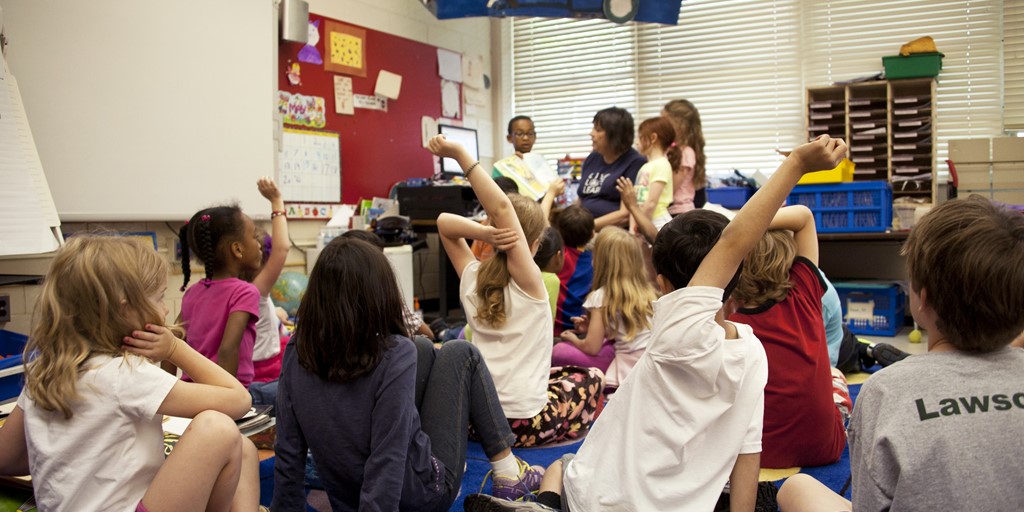
Did you know that not everybody has the same learning style? It can be easy to try and teach in just one way, but developing a deeper understanding of learning styles can help you to become a better teacher and get more from your students. Read on to learn more and to discover examples of different learning styles.
What Are The Styles?
There are four different learning styles that are considered to be ‘core’ learning styles. These are known as Visual, Auditory, Reading/Writing and Kinesthetic (VARK). There are, of course, advantages and disadvantages of VARK learning styles - personalising your approach is a good idea, but trying to appeal to just one can be too limiting. As we uncover more about each of these styles, bear in mind that some students display attributes that line up with more than one learning style - however, most students will have one style that works better for them overall.
Visual Learners
Visual learners learn and recall best by having their lessons taught through images or diagrams. They tend to prefer learning through visual stimulus - you can provide this by introducing diagram labelling and adding annotations to pictures.
Auditory Learners
An auditory learner will learn most successfully by listening to the information being told to them aloud. They may also do well with role-play and group work, which allows for more vocalisation.
Kinesthetic Learners
You may be wondering what this one means! A kinesthetic learner is a learner who prefers a hands-on working style. They like to learn by having all of their senses engaged, and may thrive most in physically-based lessons and work that is based more on experiments and activity. Adding a hands-on element to more lessons can help to keep these learners engaged.
Reading/Writing Learners
While it might sound old-fashioned in some cases, the truth is that some learners do favour an environment where they can learn by reading and writing. These learners thrive when given activities based on worksheets, or comprehension-based activities, while many also enjoy presentations. Simply put, they do best with the written word.
As you can see, these 4 different learning styles can be integrated into your classroom, and now you should more easily be able to identify them in your students. If you are a teacher looking to get great experience as a supply teacher, Coba Education can help. Get in touch with us for support in finding fantastic supply teaching roles at any stage of your career.
Image Source: Unsplash